River planting
Kyle (East TN, 6b/7a)
7 years ago
Featured Answer
Sort by:Oldest
Comments (44)
kentrees12
7 years agoKyle (East TN, 6b/7a)
7 years agoRelated Discussions
Yellow and Falling Leaves on River Birch
Comments (1)Here is a picture of my river birch. Here is a link that might be useful:...See MorePruning River Birch
Comments (4)man.. thx for the pix.. not anything like i was picturing.. ignore the top .. prune up a few of the lower scragglers ... the leaf thing is irrelevant... and totally escaping me right this second. of course.. as soon as i hit send .... i might even go straight up the middle and remove any interior branches ... as to the major trunks... they will go.. where they will go.. as the tree grows ... i 'bet' they will start growing away form each other... ken ps: it looks telephone poled [planted too deep] .. can you find the trunk/root interface ... kill the grass in a 5 foot circle.. and add a 4 foot ring of mulch.. but not w/in 3 inches of the trunks ......See More'Yellow River'--stubborn plant!!'
Comments (3)Hmmm...I think I might try another spot. Mine has been slow, was just getting some size to it when it was attacked by voles. It's back up to several eyes now, but hasn't regained the height it had before the attack. Mine is 9 years old. I think it was 3 or 4 before it got more than one eye. Linda P...See MoreRiver sands plant
Comments (4)Thank you both for the comments. Tofrizal you got me into the right area. Those plants are Alternanthera sessilis (Sessile Joyweed), which is pretty rare in Arkansas. That non-native does seem to be noxious, where found, so it will likely spread....See MoreCaldwell Home & Garden
7 years agolast modified: 7 years agokentrees12
7 years agoKyle (East TN, 6b/7a)
7 years agoken_adrian Adrian MI cold Z5
7 years agokentrees12
7 years agoedlincoln
7 years agoSara Malone Zone 9b
7 years agoToronado3800 Zone 6 St Louis
7 years agoSara Malone Zone 9b
7 years agoKyle (East TN, 6b/7a)
7 years agoCaldwell Home & Garden
7 years agowisconsitom
7 years agoCaldwell Home & Garden
7 years agoToronado3800 Zone 6 St Louis
7 years agoSara Malone Zone 9b
7 years agoCaldwell Home & Garden
7 years agoSara Malone Zone 9b
7 years agohairmetal4ever
7 years agogardener365
7 years agoUser
7 years agoKyle (East TN, 6b/7a)
7 years agowisconsitom
7 years agogardener365
7 years agoKyle (East TN, 6b/7a)
7 years agogardener365
7 years agoDave in NoVA • N. Virginia • zone 7A
7 years agonickel_kg
7 years agowisconsitom
7 years agokentrees12
7 years agoCaldwell Home & Garden
7 years agowisconsitom
7 years agoUser
7 years agolast modified: 7 years agoHuggorm
7 years agoUser
7 years agolast modified: 7 years agolucky_p
7 years agowisconsitom
7 years agobengz6westmd
7 years agolast modified: 7 years agowisconsitom
7 years ago
Related Stories
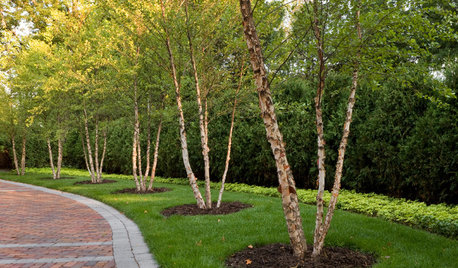
LANDSCAPE DESIGNGreat Design Plant: River Birch
Pick this rugged native tree for its intriguing peeling bark, soil adaptability or leaves that bring dappled shade to a garden
Full Story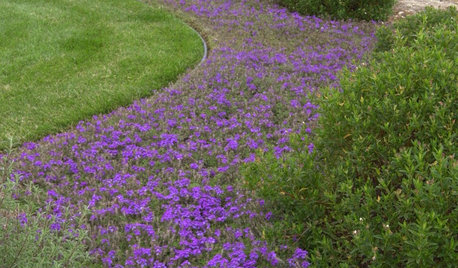
GARDENING GUIDESBathe Your Garden in a River of Color
Flowing curves made of ground covers, herbs and grasses to resemble a riverbed give landscapes movement and grace
Full Story
HOUZZ TOURSMy Houzz: Relaxing Retreat on a River in Maine
Windows wrap a couple's light and airy weekend home to provide stunning views of the Piscataqua River
Full Story
GARDENING AND LANDSCAPINGOutdoor Fountains Bring the River to You
Chill out with a custom or kit water feature for your patio or yard — there's even one for a furry friend
Full Story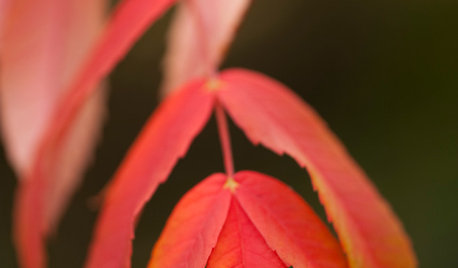
GARDENING GUIDESGreat Design Plant: Rhus Glabra
Smooth sumac provides powerful jolts of fall color and persistent fruit clusters that add interest through the winter
Full Story
GARDENING GUIDES9 Clay-Busting Native Flowers for Summer Sun
These plants survive and even thrive in tough clay soil east of the Rocky Mountains
Full Story
GARDENING GUIDESGreat Design Plant: Silphium Perfoliatum Pleases Wildlife
Cup plant provides structure, cover, food and water to help attract and sustain wildlife in the eastern North American garden
Full Story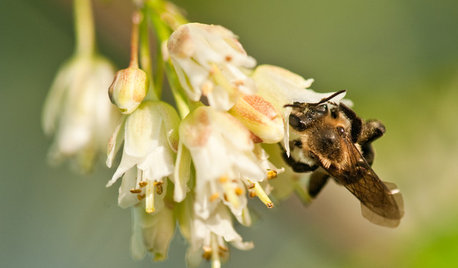
GARDENING GUIDESGreat Design Plant: Staphylea Trifolia Shines in the Shade
Plant American bladdernut for 3 seasons of interest: spring flowers and striped brown branches and bladder-like seedpods in fall and winter
Full Story
GARDENING GUIDESGreat Design Plant: Wild Lupine Dresses Up Rocky Gardens
Spiky blue flowers and a high tolerance for poor soil make this plant ideal for tough sites
Full Story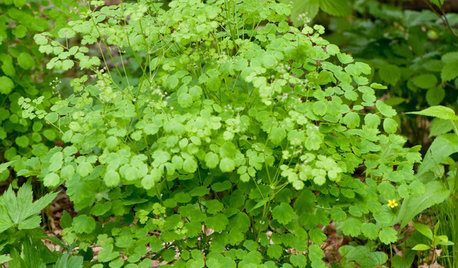
GARDENING GUIDESGreat Design Plant: Thalictrum Dioicum Thrives in Dry Shade
Plant early meadow-rue in eastern U.S. woodland gardens for its tolerance of dry sites and shade
Full Story





edlincoln